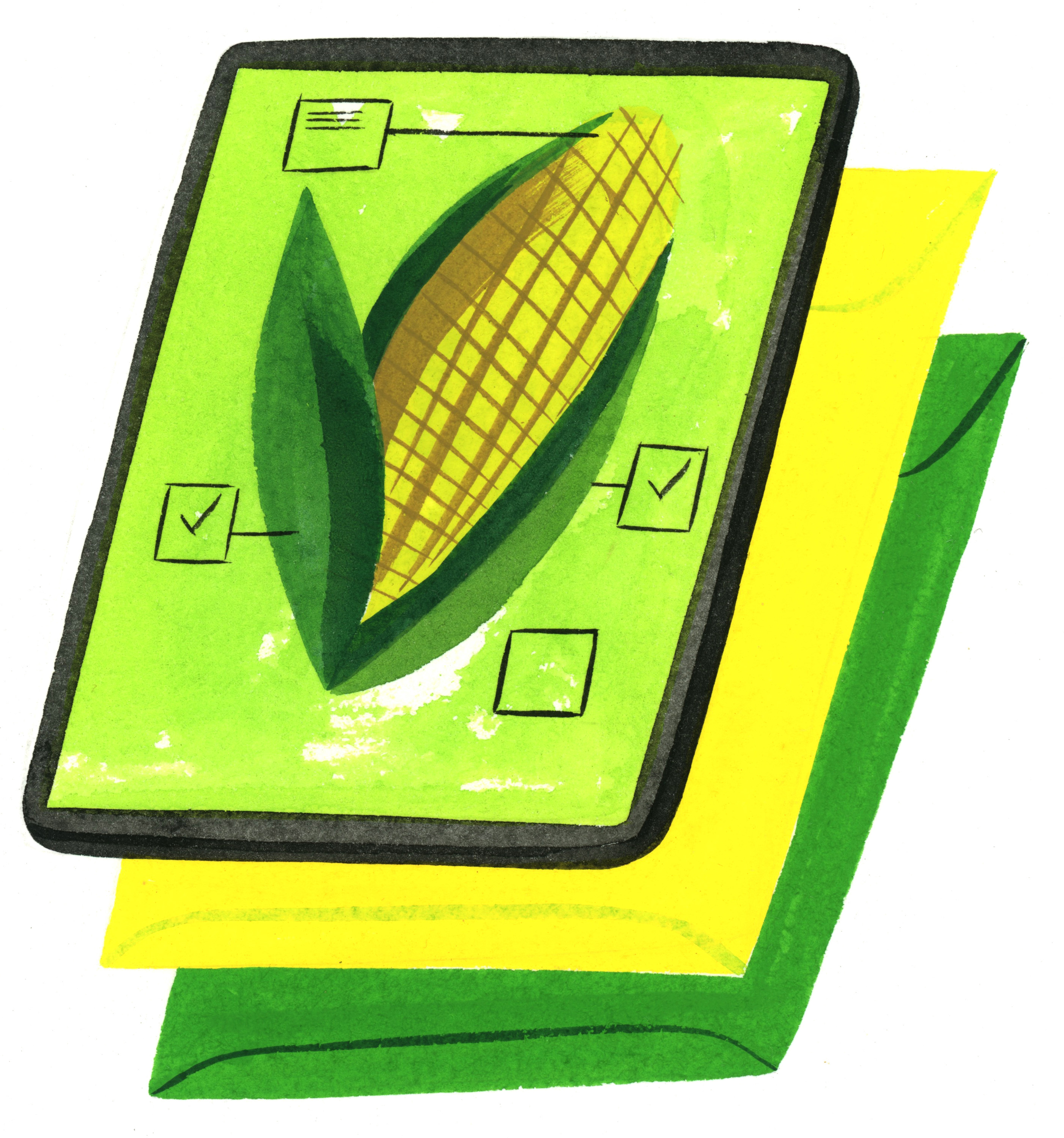Finding the ground truth about crop yields


Enumerator, National Association of State Departments of Agriculture
West Central Illinois
This story is one of a series about how hidden innovations produce the foods we eat at the prices we pay. It has been edited for length and clarity. As told to Krithika Varagur.
The National Agricultural Statistics Service is used to set nationwide estimates of agricultural commodities. We have 12 regions across the country, and ours is Missouri and Illinois. I and about 3,000 other folks across the country go out and collect data for the survey and meet with farmers face to face, or call them, or whatever it takes to collect the data. We are the ground troops who help estimate the size and scope of agricultural production in the country. Basically, we tell the whole world what the food production capacity is in the US; it’s a way to continuously monitor the food supply chain so that there aren’t huge price fluctuations like, for instance, with gasoline.
More Dispatches
So here’s what we did today—and it’s not something we do every day. In Illinois they once had coal mines, which have since had to restore the land to its original status. So they have to plant corn, beans, or hay in those acres, and the yields have to come up to the county averages. And today I was out in some of those cornfields and I just walked throughout the field and picked samples. Today we tested two fields and there were 10 samples per field. For corn, we take samples from a 15-foot row, at different designated spots in each field, and weigh them. Then we take the third and fourth ears from that sample and send them to the lab in St. Louis and they work to come up with the yield. It’s the same with soybeans, except we pick the beans from a three-foot section and send those samples directly to the lab. Those are the two major crops that I work with in the field.
Objective yield is one of a number of different indicators that help us set estimates for yield and production like that. For that, we are measuring the grain weight, the moisture content, the length and width of an ear of corn, and just a whole number of metrics like that surrounding a crop. And then that’s plugged into a statistical model, which then spits out an indication as to what the yield is per acre. For another survey we do, we will just flat-out ask farmers, “What do you think your crop is going to yield this year, if you get normal weather conditions from now until harvest?”
The biggest change that technology brought to my job was when we were issued iPads, starting around 2013. We now have two or three extra days in every survey period, because we’re not depending on the mail or UPS to physically get our data to headquarters on time; they are sent digitally.One other great thing I will say about the iPad is that a lot of times if an enumerator enters the data wrong, it will send up a little red flag and tell them, “Hey, you made a mistake.” So that has helped us a lot too.
Deep Dive
Humans and technology
Building a more reliable supply chain
Rapidly advancing technologies are building the modern supply chain, making transparent, collaborative, and data-driven systems a reality.
Building a data-driven health-care ecosystem
Harnessing data to improve the equity, affordability, and quality of the health care system.
Let’s not make the same mistakes with AI that we made with social media
Social media’s unregulated evolution over the past decade holds a lot of lessons that apply directly to AI companies and technologies.
Stay connected
Get the latest updates from
MIT Technology Review
Discover special offers, top stories, upcoming events, and more.